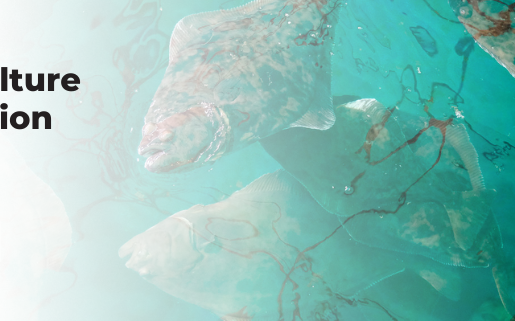Agri-EPI Centre’s latest innovation hub at Loch Fyne on Scotland’s Argyll coast will help to drive sustainable solutions and improve efficiency for the UK aquaculture industry. In partnership with independent aquaculture company, Otter Ferry Seafish (OFS) – and jointly funded by Innovate UK and Agri-EPI Centre – the Marine Aquaculture and Innovation Centre (MAIC) offers fully serviced research and development facilities to aquaculture producers and technology providers.
“We’ve been involved in aquaculture innovation and new species development since 1968,” said Alastair Barge, managing director at OFS. “For this initiative, we did market research to see what the sector needed to deliver sustainable solutions – R&D requires facilities, and most businesses can’t afford to run their own research stations 24 hours a day, 365 days a year.”
The MAIC comprises a series of replicated small and large land-based tanks, located indoors under programmable lighting. “The tanks have water capacities of two cubic meters and 20m3, respectively. In the 12 smaller tanks, we can test four different regimes or diets, in triplicate, as commonly required for scientific evaluation,” Barge explained. “In the six larger tanks, we can rear salmon and other farmed species to near-harvest weight.”
The tanks have a water flow-through system, incorporating pre-treatment using sand filtration and UV sterilization. They are fitted with particle separators to measure uneaten food and fish waste.
Eduardo Jimenez, OFS’s research and development manager, said that “land-based tanks offer greater environmental control than cages or other sea-based growing systems, improving the reliability of trials data. Interference from environmental factors is minimized because we can control and replicate conditions like lighting, water exchange rate, and oxygen levels.”
First trials are already underway. “At the moment we are running a benchmarking feed trial for a commercial client comparing three diets, to assess which is best in terms of fish growth and feed conversion efficiency.”
As well as helping to improve diets and treatments for farmed fish and shellfish, the MAIC is well suited for evaluating different strains of commercially farmed species and for developing rearing methods for up-and-coming species like seaweeds.













